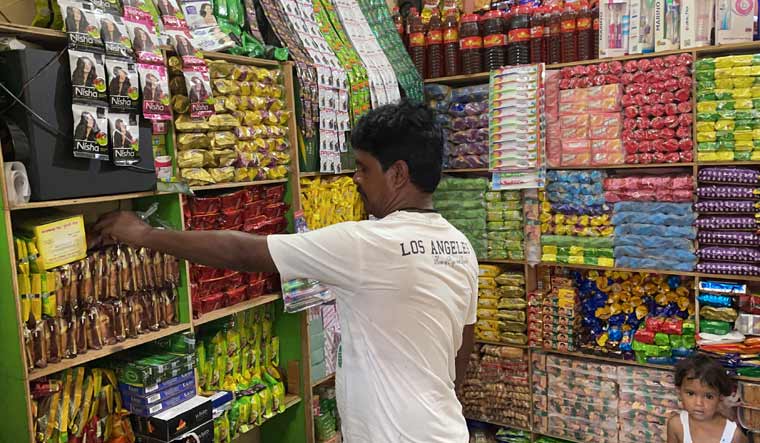There has been a rebound in business for retail players in India with high single digits to the mid-teens growth over the Oct–Nov’21 festive period. However, the business has been sluggish during December 2021 especially after the first 10 days, possibly due to the lack of auspicious period buying for weddings over the next 30 days, consumption fatigue after the period of pent-up demand, and consumers and local authorities getting sensitised to the Omicron-led rise in COVID-19 cases.
As per a report by Motilal Oswal, urban markets have performed better than the rural markets as the tier II and III markets have barely reached pre-COVID performance levels.
Interestingly, the report points out that in the last couple of quarters, most retailers have taken a 7 to 8 per cent hike. The increase in the GST rate from 5 to 12 per cent for products under Rs 1,000 (above Rs 1,000 was already at 12 per cent GST) is expected to be passed on to the consumer, which could result in an additional 8–10 per cent increase in prices from January 2022. Prices for the existing 40–80 per cent inventory have been revised to factor in the new GST rate, while there could be some margin impact on selling the remaining inventory. The ongoing weakness in demand, coupled with rising COVID cases, may get further accentuated by a cumulative price increase of 15 per cent over 8–10 months. The Motilal Oswal report points out that if a price hike is not taken, some amount of margin pressure is likely on the players.
The report also observes that most of the well-capitalised large retailers have resumed their aggressive plans to add nearly 15–20 per cent to the store footprint, compensating for the slow store additions in the recent past. Moreover, a steady chunk of stores is currently under construction, which may keep the pace of store additions healthy for most players. For instance, Trent has a healthy pipeline of 75–80 Zudio store adds and Westside has added 75 to 80 store additions in FY22. On the other hand, V-Mart, and Shoppers Stop are expected to have 15–20 per cent store footprint additions annually.
The report also points out that contrary to the perception that online business would soften as stores reopen after the easing of COVID-19 led restrictions, the online channel has continued to maintain the business trajectory. Smaller brands with a lower retail footprint have taken a more aggressive route to generate online business as nearly one-third of their revenue now comes from the online channel, including both captive as well as marketplace websites. Large brands or retailers with a deeper footprint have revenue in the high single digits to the low double digits coming from the online segment, which has remained strong even after the markets have reopened.
At the same time, there has been a strong focus on data analytics as retailers are using it to improve customer preference and demand trends. Data analytics can help improve inventory management, better service levels, keep pace with changing market trends, and help them explore new areas of growth. Machine Learning (ML), too, is getting a big push. One of the key focus areas is to have one single view of the customer on CRMs (Customer Relationship Management) for both online and offline visits of customers in order to facilitate seamless tracking of customer behaviour.





